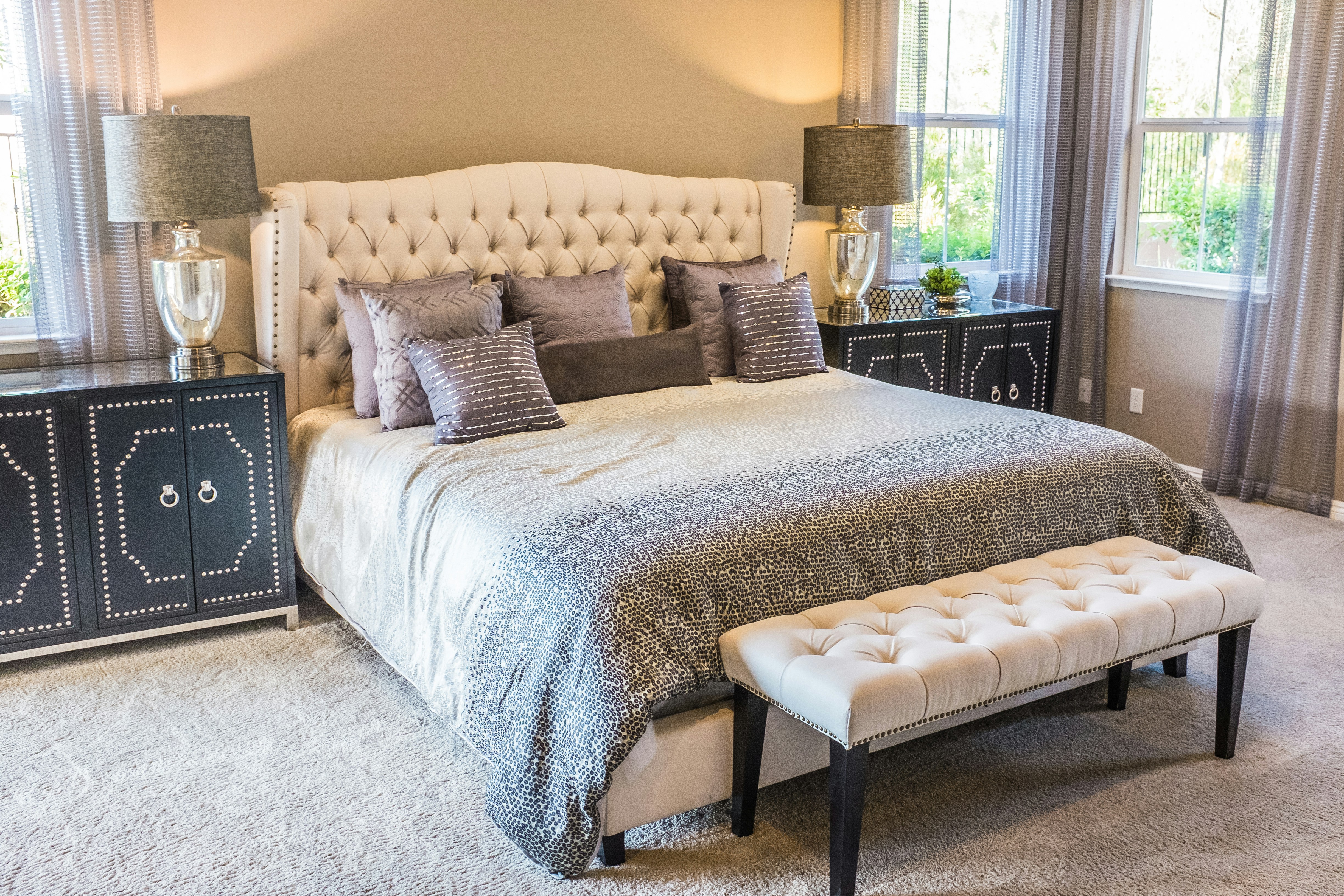Identifying Characteristics of Beds from Mexico
Beds originating from Mexico represent a category of furniture identifiable within the global market. These items are manufactured within Mexico and often utilize materials commonly available in that region, such as various types of wood or metals. Structurally, they encompass standard bed formats like frames with headboards and footboards. Certain design elements or construction techniques may sometimes reflect regional manufacturing practices. This article provides general, descriptive information about this category of furniture, outlining common materials and basic structural forms associated with beds produced in Mexico. The content is strictly informational and does not include assessments of quality, style recommendations, sourcing information, or endorsements of specific products or manufacturers. The purpose is solely to describe this furniture category factually

What materials are commonly used in Mexican bed frame construction?
Mexican bed frames often showcase the country’s abundant natural resources. Hardwoods like pine, oak, and mahogany are popular choices due to their durability and aesthetic appeal. Pine, in particular, is widely used for its affordability and availability. For more luxurious options, exotic woods such as rosewood or cocobolo may be incorporated.
In addition to wood, wrought iron is another material frequently used in Mexican bed frame construction. This material allows for intricate designs and adds a rustic or colonial touch to the bed’s appearance. Some manufacturers combine wood and iron elements to create unique, hybrid designs that blend traditional and contemporary styles.
How do structural forms in Mexican-made beds differ from other styles?
Mexican bed designs often reflect the country’s rich cultural heritage and diverse influences. One common structural form is the “cama de latón” or brass bed, which features ornate headboards and footboards made of brass or wrought iron. These beds typically have a more elaborate and decorative appearance compared to minimalist modern styles.
Another distinctive structural form is the “platform bed” or “cama de plataforma.” This design eliminates the need for a box spring by providing a solid wood base for the mattress. Platform beds in Mexican style often incorporate storage drawers underneath, maximizing functionality in smaller living spaces.
What are the traditional manufacturing processes used in Mexican furniture production?
Traditional Mexican furniture production, including bed manufacturing, often involves time-honored techniques passed down through generations. Handcrafting plays a significant role, with skilled artisans using chisels, planes, and other hand tools to shape and join wood pieces.
One traditional process is “marquetry,” where artisans create intricate patterns by inlaying different types of wood or other materials into the bed frame. This technique adds a unique, artistic touch to the furniture piece.
How have modern technologies influenced Mexican bed manufacturing?
While traditional methods remain important, modern technologies have also found their way into Mexican bed manufacturing. Computer-aided design (CAD) software allows for precise planning and customization of bed designs. CNC (Computer Numerical Control) machines enable more efficient and accurate cutting of wood and metal components.
Some manufacturers have adopted eco-friendly practices, using sustainably sourced materials and water-based finishes to reduce environmental impact. These modern approaches help meet international standards and cater to environmentally conscious consumers.
What unique features set Mexican-made beds apart in the global market?
Mexican-made beds often stand out for their vibrant colors, intricate carvings, and cultural motifs. Many designs incorporate elements inspired by Mexican folk art, such as sun and moon imagery, floral patterns, or pre-Columbian symbols.
The use of traditional textile techniques in bedding accessories further distinguishes Mexican beds. Hand-woven blankets, embroidered pillowcases, and colorful serapes add authenticity and charm to the overall bed ensemble.
How do Mexican bed manufacturers balance tradition and innovation?
Mexican bed manufacturers face the challenge of preserving cultural heritage while adapting to global market demands. Many have found success by blending traditional craftsmanship with modern design elements and production techniques.
For example, some companies offer customizable bed frames where customers can choose between traditional hand-carved headboards or sleek, contemporary designs. Others incorporate smart technology into their beds while maintaining the aesthetic of classic Mexican furniture.
| Manufacturer | Traditional Elements | Modern Innovations | Price Range (USD) |
|---|---|---|---|
| Muebles Rústicos | Hand-carved pine frames | Adjustable bed bases | $500 - $2,000 |
| Artesanos Unidos | Wrought iron detailing | Memory foam mattresses | $800 - $3,500 |
| EcoMex Furniture | Sustainable hardwoods | Smart lighting integration | $1,200 - $5,000 |
| Diseños Azteca | Pre-Columbian inspired motifs | Modular storage systems | $600 - $2,500 |
Prices, rates, or cost estimates mentioned in this article are based on the latest available information but may change over time. Independent research is advised before making financial decisions.
The fusion of age-old techniques with contemporary innovations continues to shape the Mexican bed manufacturing industry. As global interest in artisanal and culturally rich products grows, Mexican-made beds are well-positioned to captivate consumers seeking both quality craftsmanship and unique design elements.
The shared information of this article is up-to-date as of the publishing date. For more up-to-date information, please conduct your own research.




